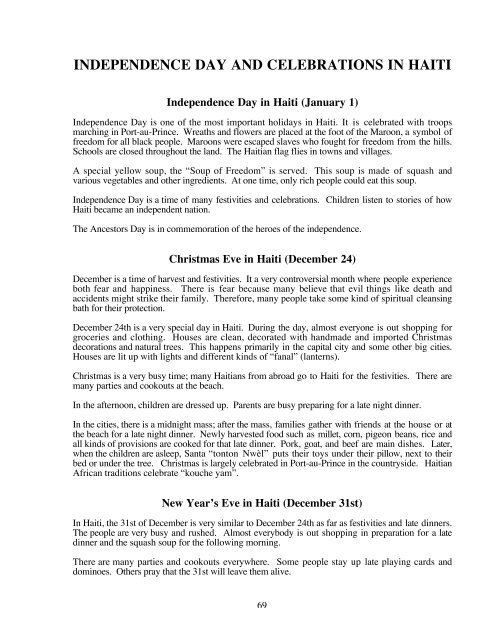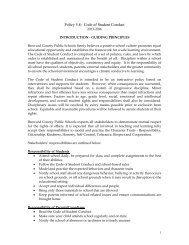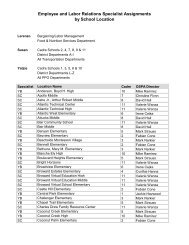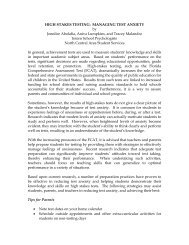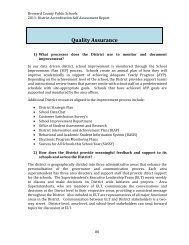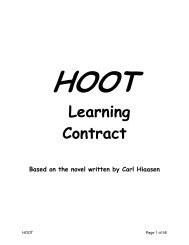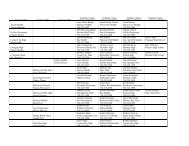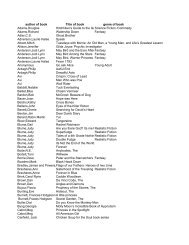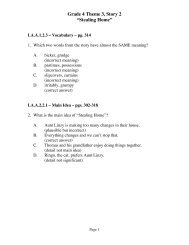Haitian Culture Curriculum Guide
Haitian Culture Curriculum Guide
Haitian Culture Curriculum Guide
You also want an ePaper? Increase the reach of your titles
YUMPU automatically turns print PDFs into web optimized ePapers that Google loves.
INDEPENDENCE DAY AND CELEBRATIONS IN HAITI<br />
Independence Day in Haiti (January 1)<br />
Independence Day is one of the most important holidays in Haiti. It is celebrated with troops<br />
marching in Port-au-Prince. Wreaths and flowers are placed at the foot of the Maroon, a symbol of<br />
freedom for all black people. Maroons were escaped slaves who fought for freedom from the hills.<br />
Schools are closed throughout the land. The <strong>Haitian</strong> flag flies in towns and villages.<br />
A special yellow soup, the “Soup of Freedom” is served. This soup is made of squash and<br />
various vegetables and other ingredients. At one time, only rich people could eat this soup.<br />
Independence Day is a time of many festivities and celebrations. Children listen to stories of how<br />
Haiti became an independent nation.<br />
The Ancestors Day is in commemoration of the heroes of the independence.<br />
Christmas Eve in Haiti (December 24)<br />
December is a time of harvest and festivities. It a very controversial month where people experience<br />
both fear and happiness. There is fear because many believe that evil things like death and<br />
accidents might strike their family. Therefore, many people take some kind of spiritual cleansing<br />
bath for their protection.<br />
December 24th is a very special day in Haiti. During the day, almost everyone is out shopping for<br />
groceries and clothing. Houses are clean, decorated with handmade and imported Christmas<br />
decorations and natural trees. This happens primarily in the capital city and some other big cities.<br />
Houses are lit up with lights and different kinds of “fanal” (lanterns).<br />
Christmas is a very busy time; many <strong>Haitian</strong>s from abroad go to Haiti for the festivities. There are<br />
many parties and cookouts at the beach.<br />
In the afternoon, children are dressed up. Parents are busy preparing for a late night dinner.<br />
In the cities, there is a midnight mass; after the mass, families gather with friends at the house or at<br />
the beach for a late night dinner. Newly harvested food such as millet, corn, pigeon beans, rice and<br />
all kinds of provisions are cooked for that late dinner. Pork, goat, and beef are main dishes. Later,<br />
when the children are asleep, Santa “tonton Nwèl” puts their toys under their pillow, next to their<br />
bed or under the tree. Christmas is largely celebrated in Port-au-Prince in the countryside. <strong>Haitian</strong><br />
African traditions celebrate “kouche yam”.<br />
New Year’s Eve in Haiti (December 31st)<br />
In Haiti, the 31st of December is very similar to December 24th as far as festivities and late dinners.<br />
The people are very busy and rushed. Almost everybody is out shopping in preparation for a late<br />
dinner and the squash soup for the following morning.<br />
There are many parties and cookouts everywhere. Some people stay up late playing cards and<br />
dominoes. Others pray that the 31st will leave them alive.<br />
69


